Sequoia National Park is just one of those places that has intimidated me ever since I moved to California.
For some reason, I've been able to tackle all the unforgiving deserts—but give me giant sequoia trees, and I shrink away at the enormity of it all. (I feel the same about Yosemite.)
So even though I've been spending 6-8 hours a day on my book—in addition to working full-time—I took the opportunity to join some friends who were headed up north to Sequoia-Kings Canyon for the weekend.
Their main draw? Touring Crystal Cave after its four-year closure.
There are a few magic phrases in this life that can make me spring into action, like saying "Open Sesame" to a secret passage door hidden in a bookcase. One of them is "never open to the public," and another is "reopened after being closed."
Needless to say, I didn't think twice.
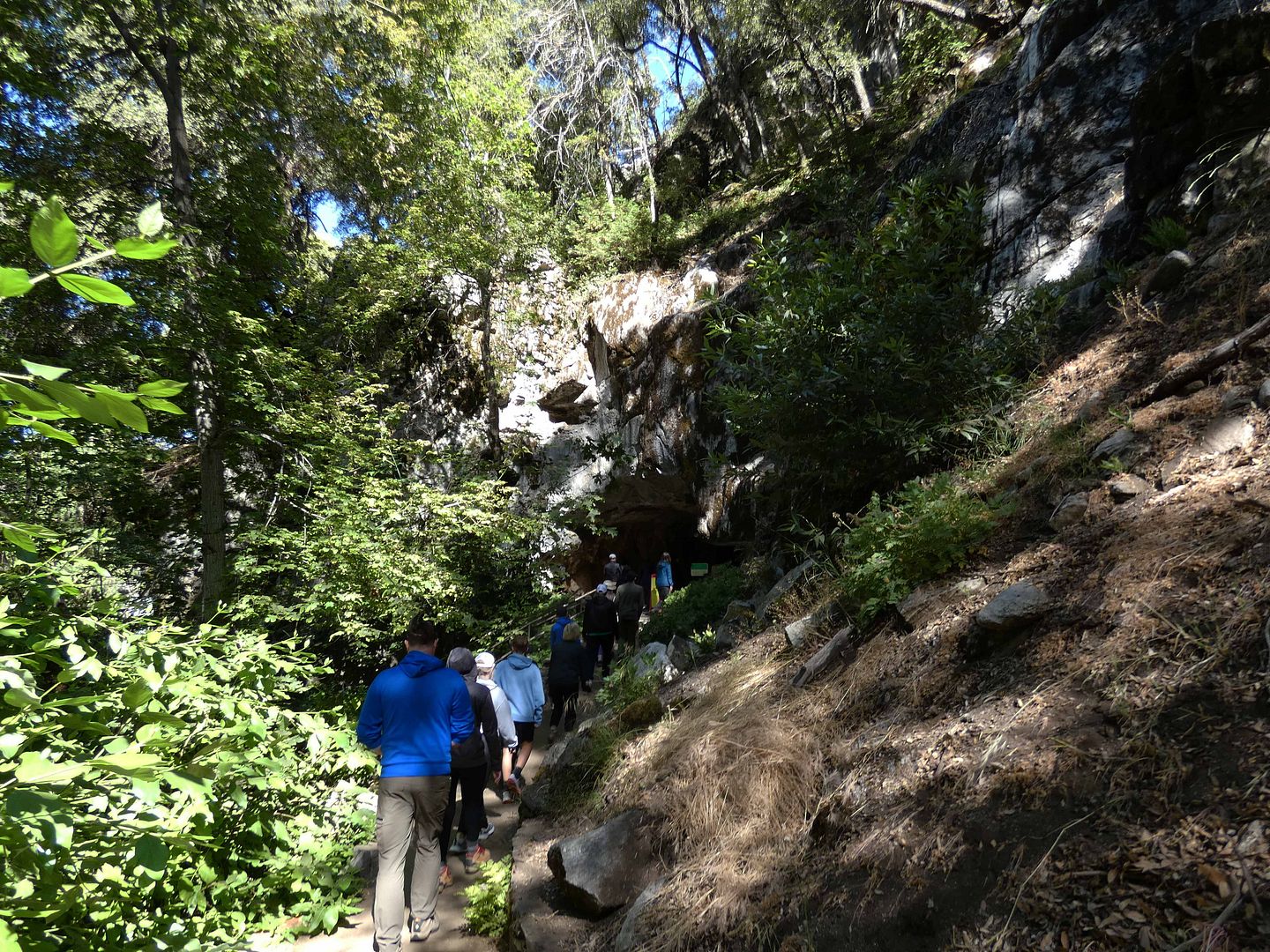
A number of natural factors caused the public tours of the cave to cease—first, the 2021 KNP Complex fire, and then the winter storms of 2023. Up until then, it was the only publicly accessible cave in the combined national parks of Sequoia and Kings Canyon.
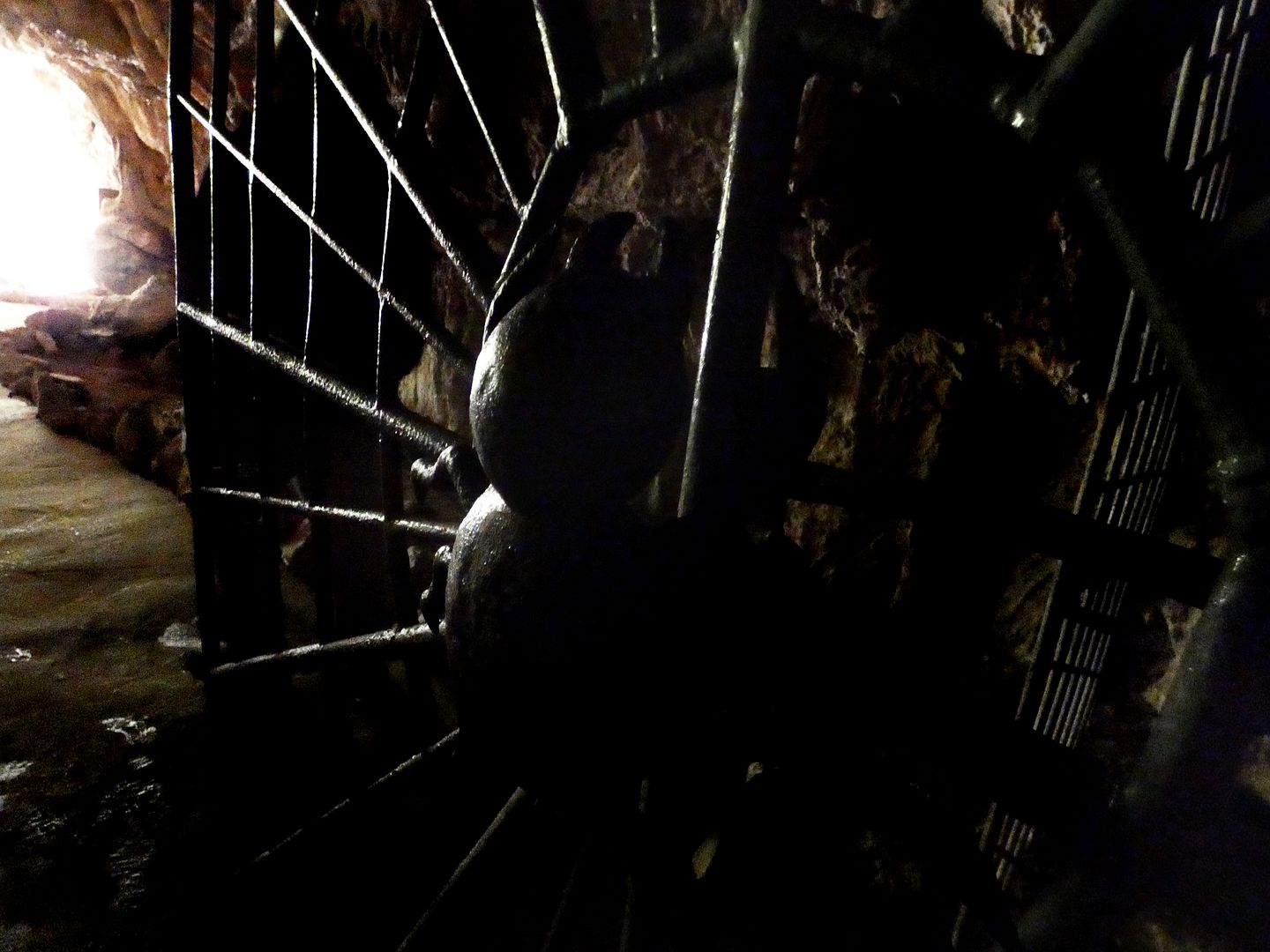
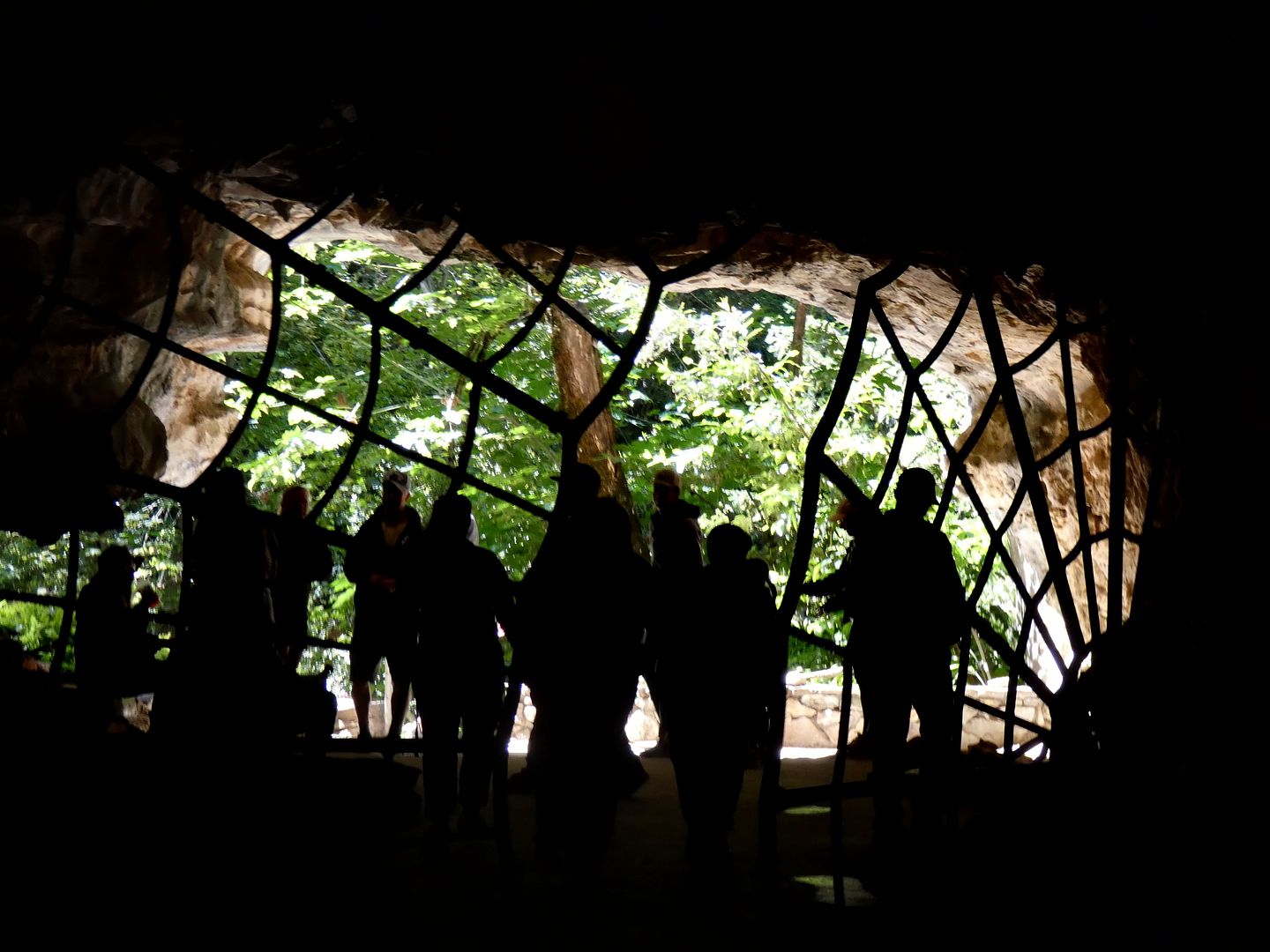
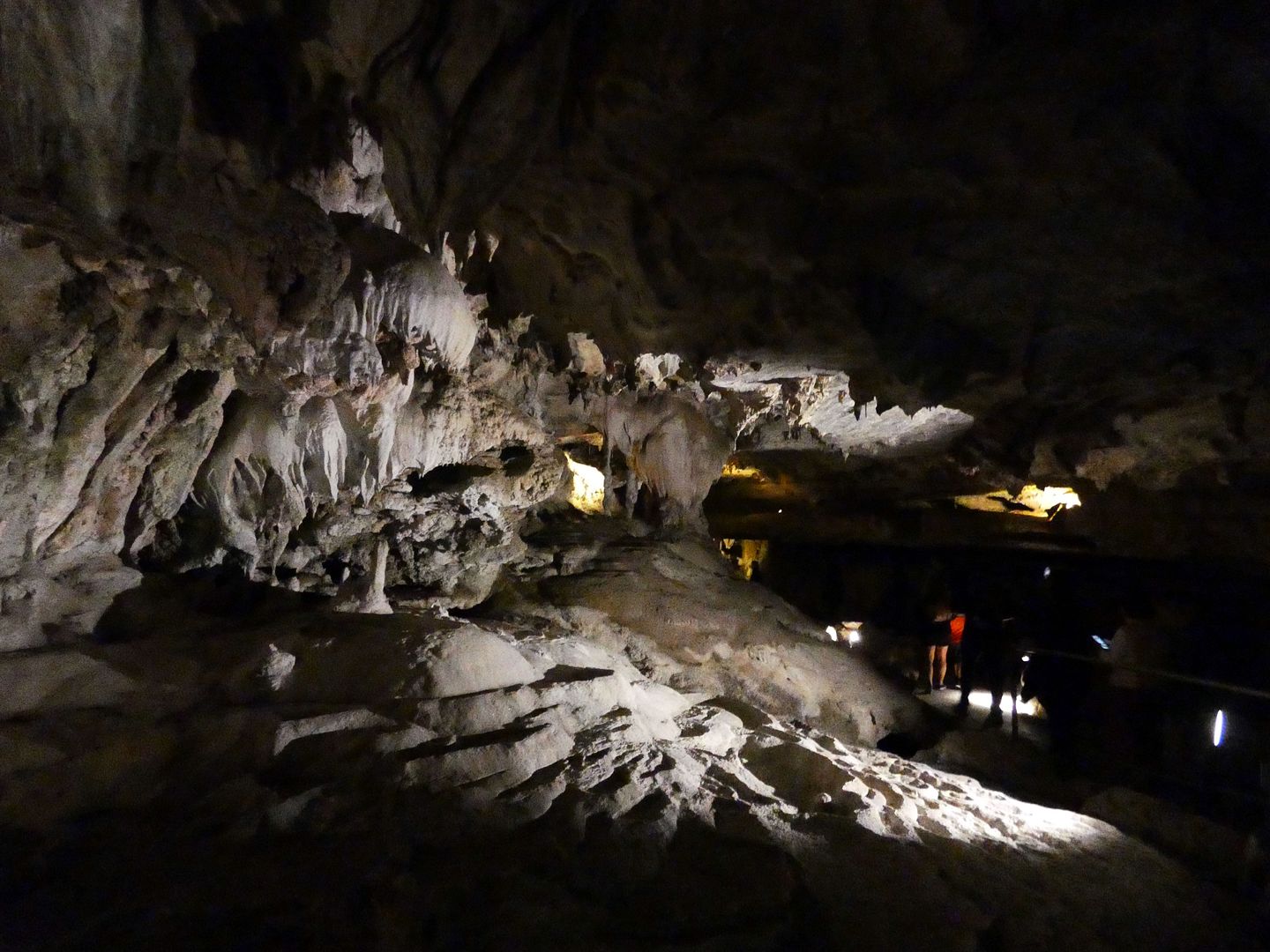
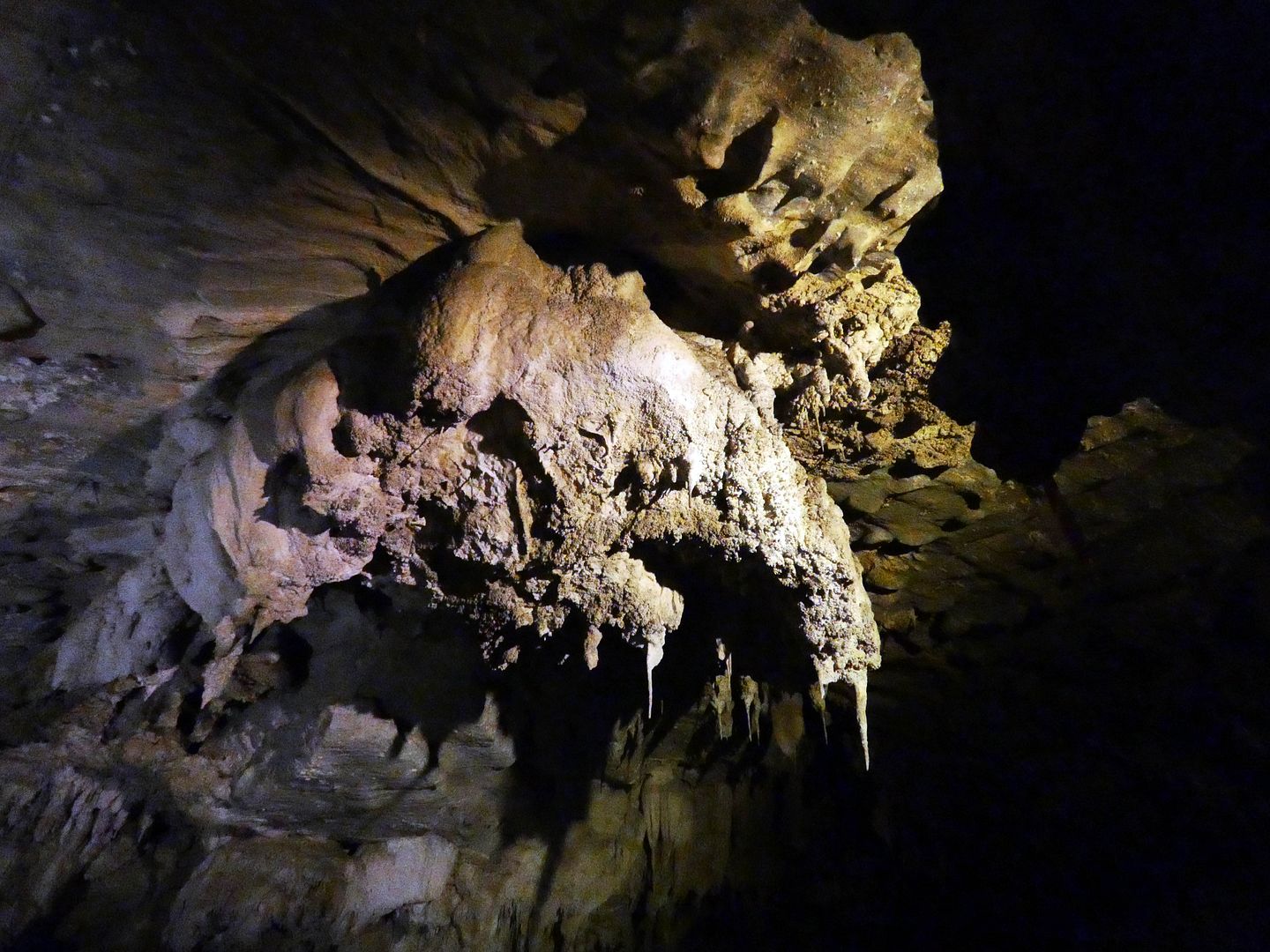
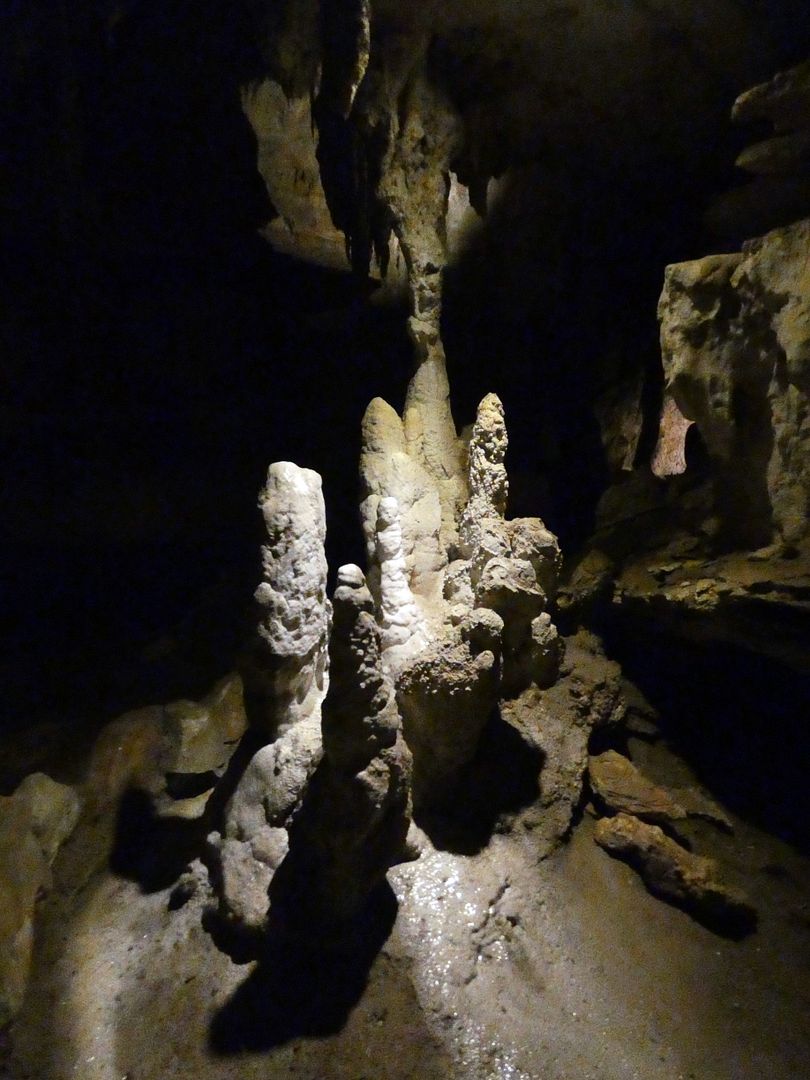
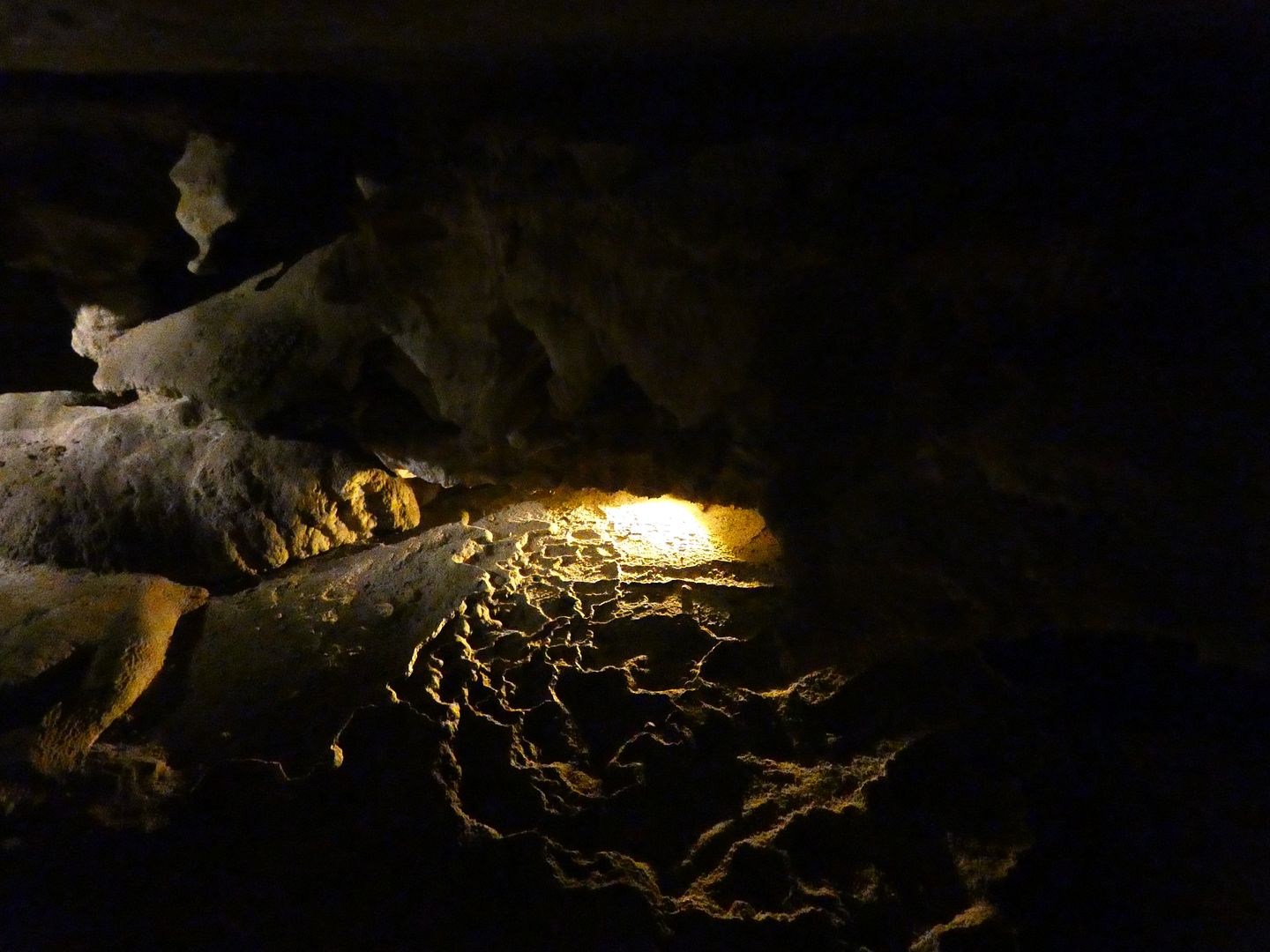
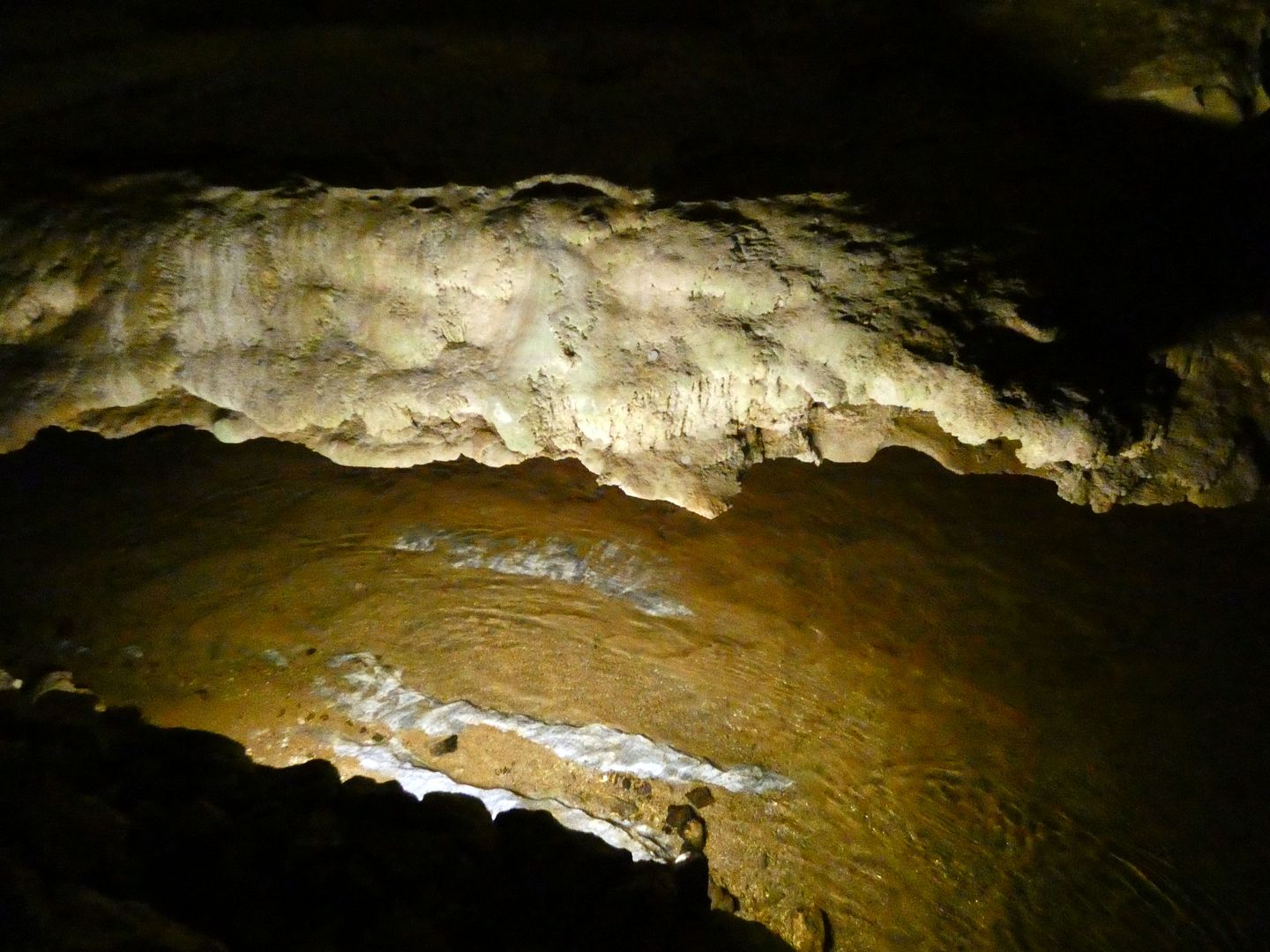
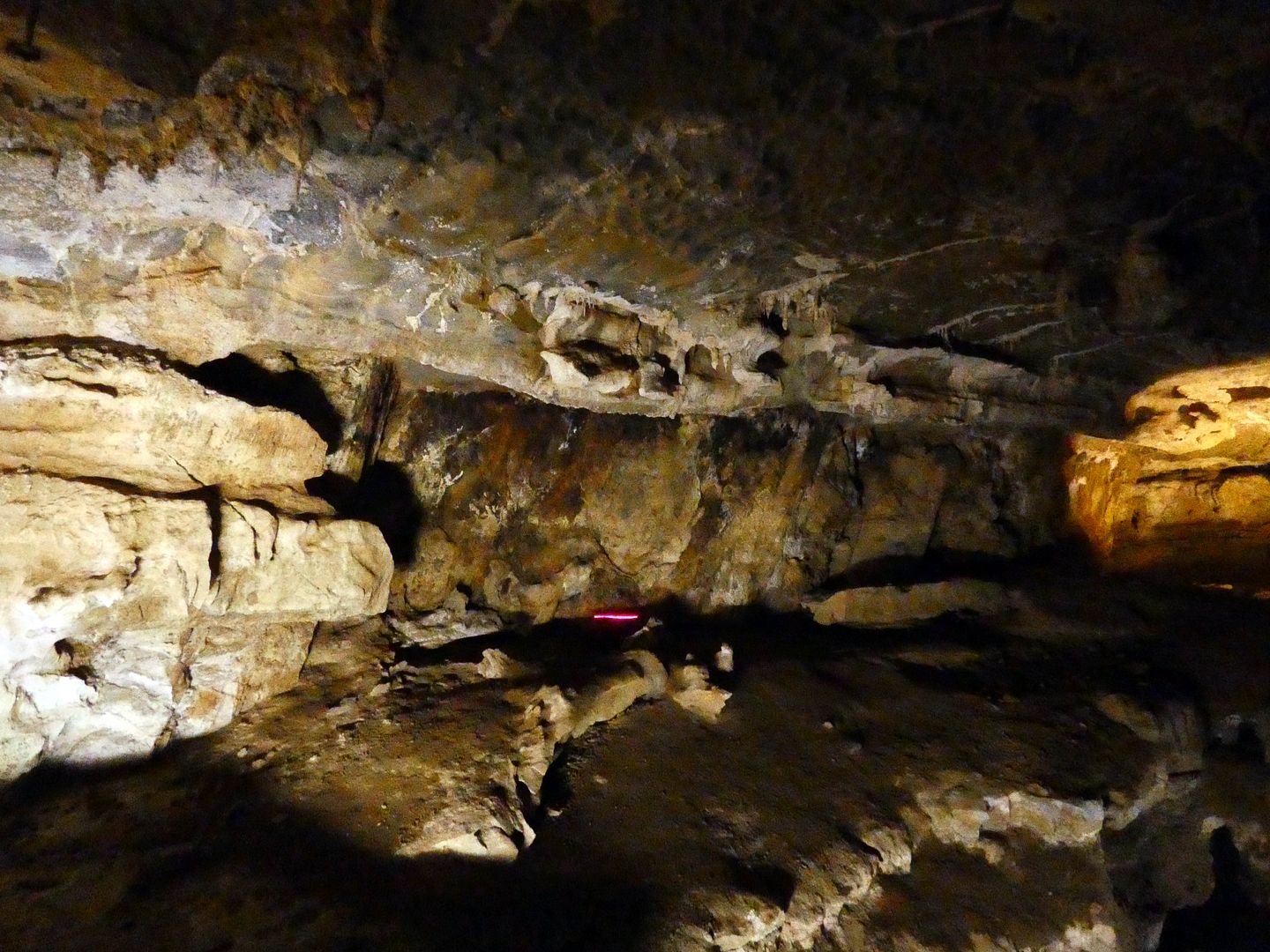
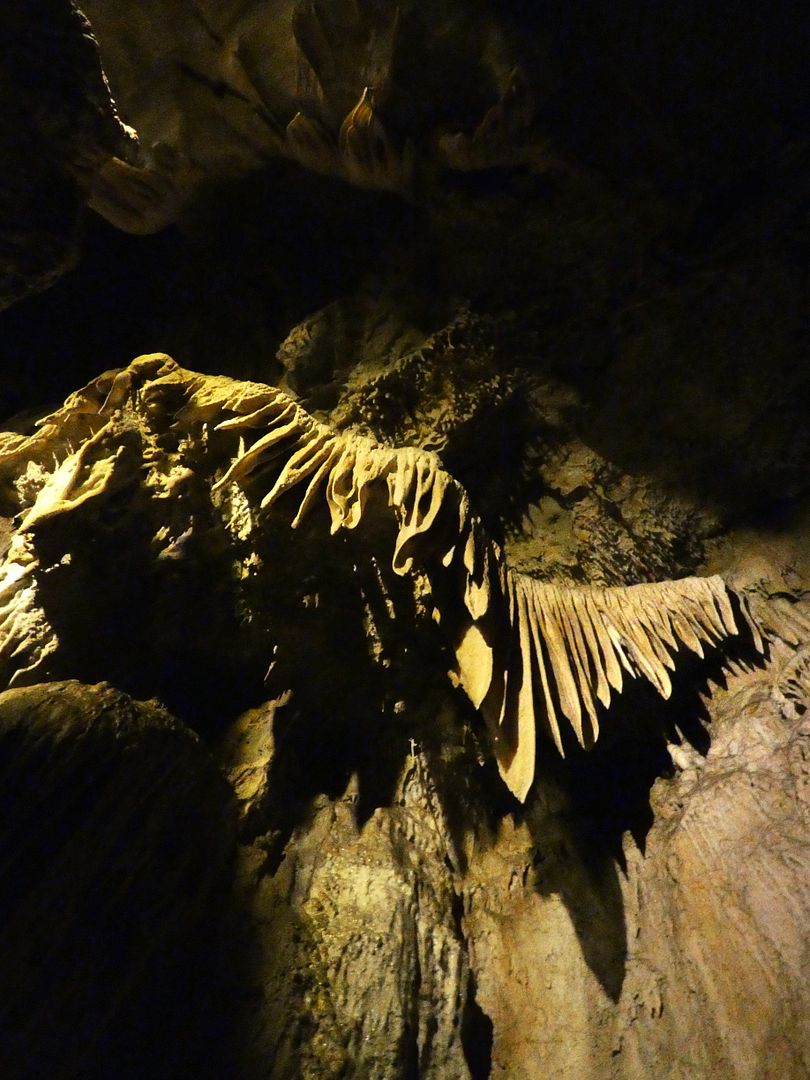
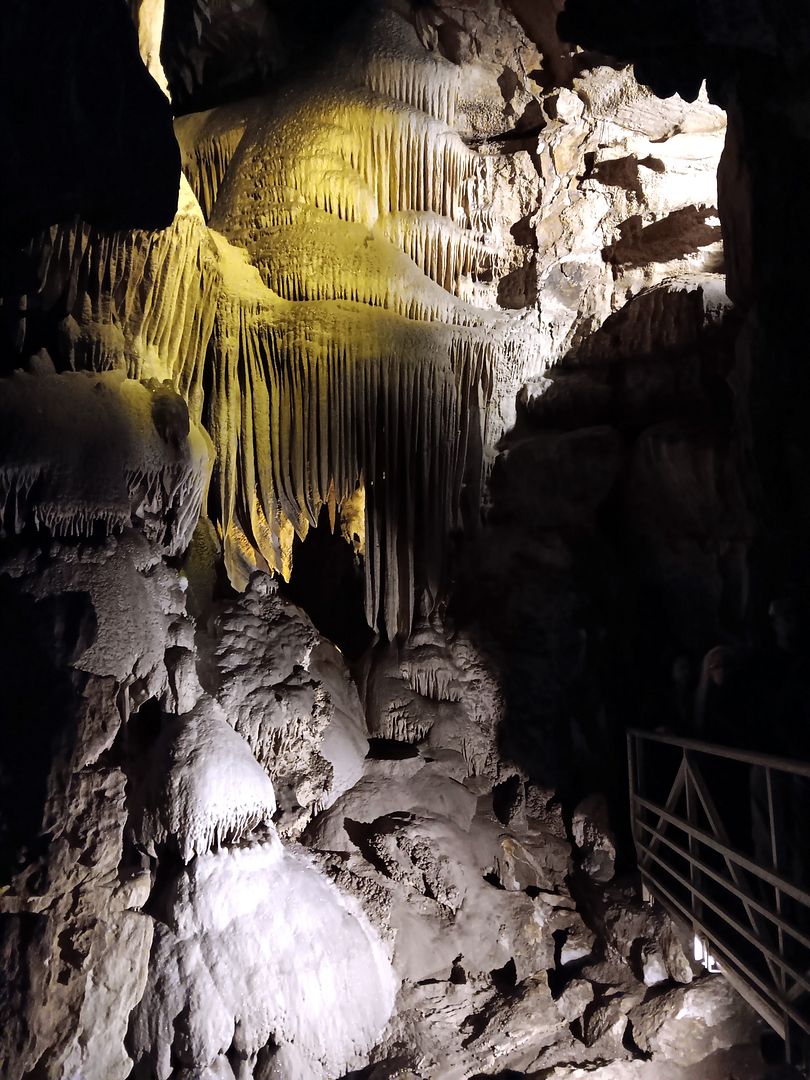

And even then, it's not that easy to get to. It's at least an hour-long drive from the park entrance station (which sometimes you have to wait to get through in your car). And then, you have to hike down into a canyon along a steep, single-track trail populated by rattlesnakes.

You crunch your knees climbing down stairs that lead to a crumbling path that leads to a bridge that crosses a waterfall—all over the course of a half-mile, which takes about as twice as long as it should. Walk through the cave's infamous and spooky "Spiderweb Gate"—constructed by the Civilian Conservation Corps to prepare for the public tours that began in 1940—and there's another half-mile walk that lies ahead.

That's just a fraction of the three miles of tunnels that exist inside Crystal Cave—some dynamited, some as a result of the natural marble formations, carved out by the running water of a creek that runs through it.

Dripping water also leaves minerals behind to form the typical stalactites and stalagmites over the course of thousands of years.

Everything is so delicate and fragile—and can respond poorly to the oils in human skin—that it's forbidden to touch anything, even the walls in the narrowest of passageways. (There was one I almost didn't make it through without serious manual assistance, perhaps the one once nicknamed "Fat Man's Misery.")

Fortunately, there are walkways and railings keeping you from falling into the drink—or disturbing any of the delicate formations-in-process that might wind up underfoot.

Like many of these tourist-friendly caverns, Crystal Cave is a labyrinth of whimsical-sounding areas, like the Fairy Pool.

There are shapes that supposedly look like an ape, or a dragon (in the Dome Room), or whatever your eyes can imagine in the dark expanse (where flashlights are verboten except in an emergency).

Each "room" is decorated with its own ornamentations, like mineralized draperies...

...and even "organ pipes," formed by glittering calcite deposits.
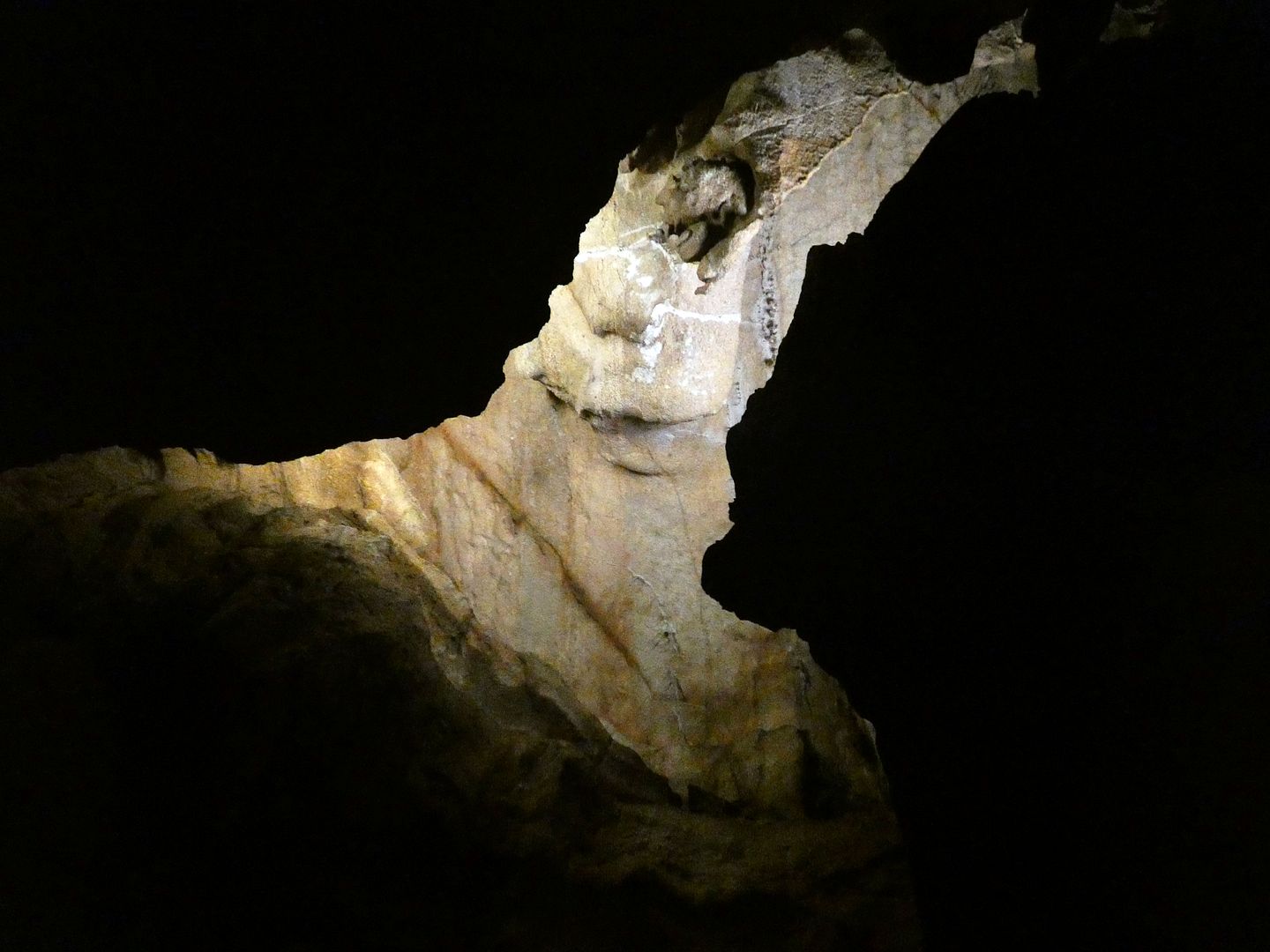
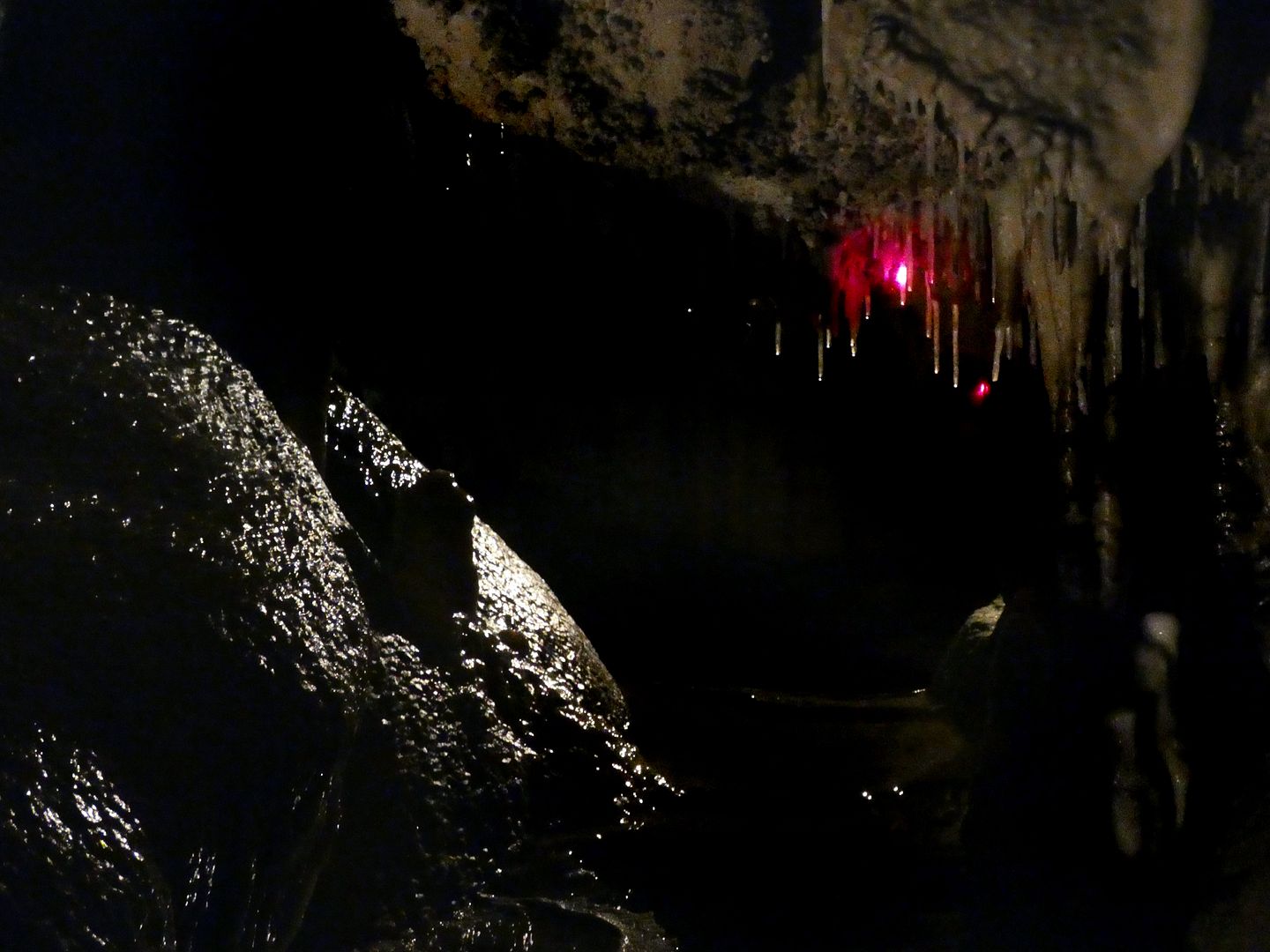
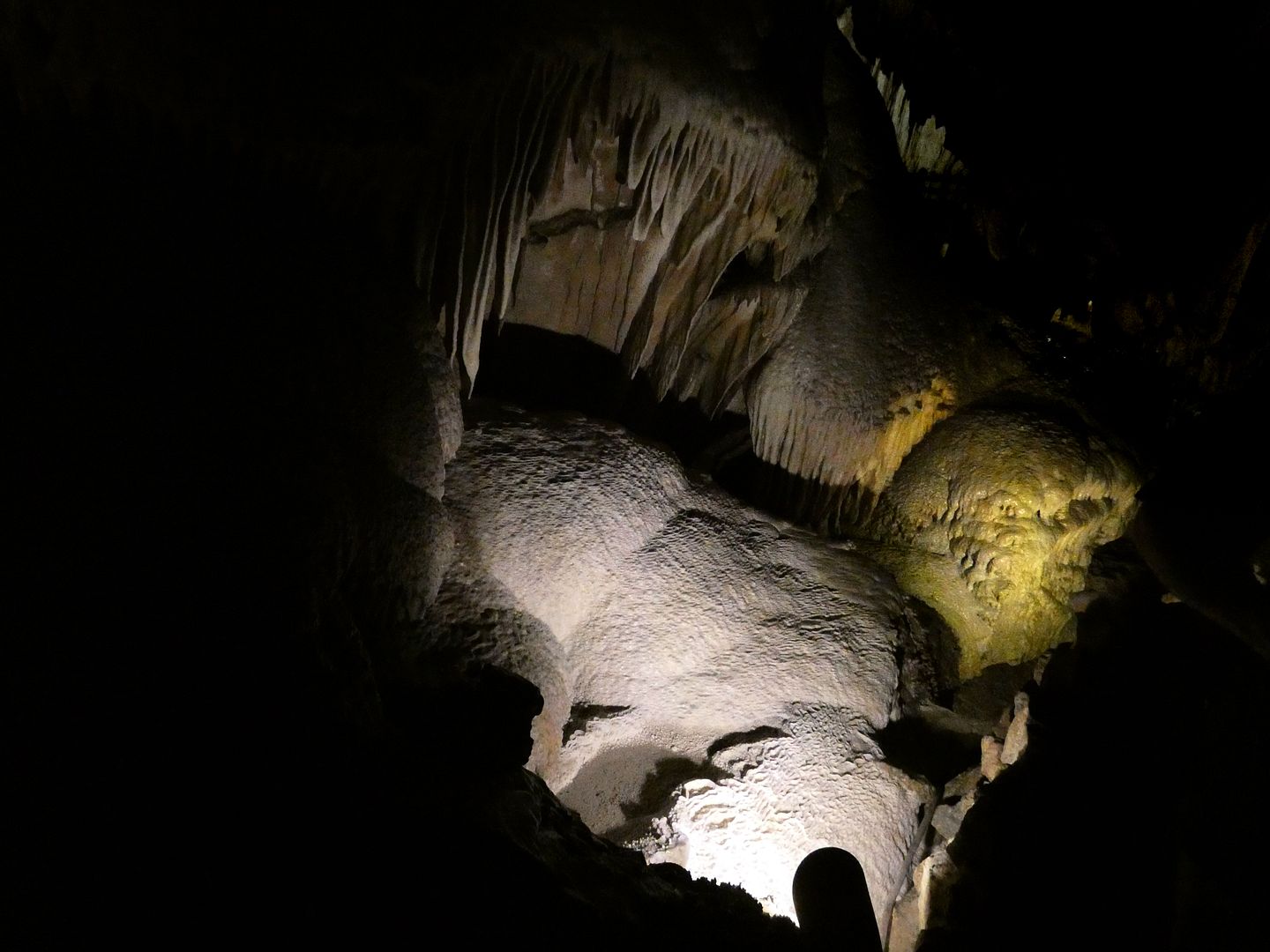
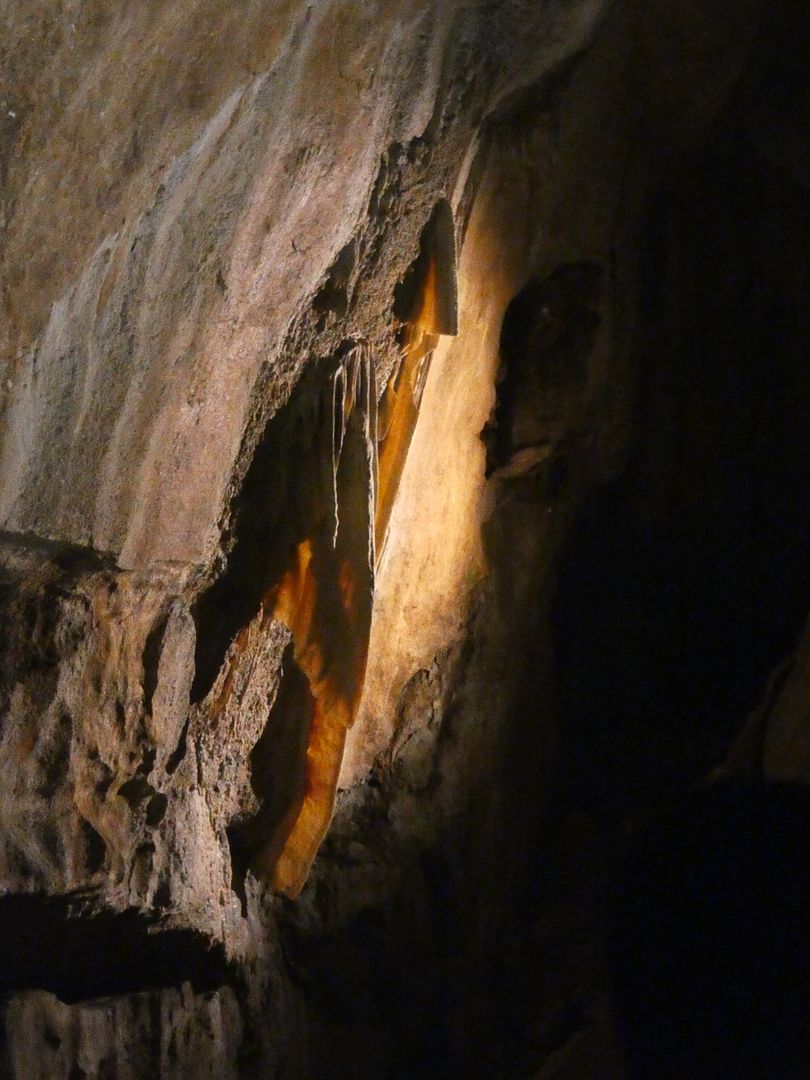

The higher you climb inside the cave, the older the sections get—culminating in Marble Hall.

That's one of the drippier places, where you get thin, vertical formations hanging off the ceiling called "soda straws."

And depending on where the water drips to, you might get some crazy patterns on the flowstone below.

And don't forget about the thin sheets of "cave bacon"—but don't expect it to sizzle. The temperature inside the cave remains a steady 50 degrees Fahrenheit.
Thank goodness the excursion was cool—because the hike back up to the parking lot was a doozy. I spent plenty of time pausing along the way, admiring the falling water of Yucca Creek.
Related Posts:

No comments:
Post a Comment